The Holy Bible … Illustrated with Photographs by [Francis] Frith. Glasgow: Printed and published by William Mackenzie, 1862-1863. Albumen silver print. Graphic Arts Collection. Purchased in 2002 with assistance from the Friends of the Princeton University Library in honor of Peter Curtis Bunnell upon the occasion of his retirement as the David Hunter McAlpin Professor of the History of Photography and Modern Art and Faculty Curator for Photography at the Princeton University Art Museum.
This is the deluxe (one of three editions) illustrated Holy Bible published by William Mackenzie with fifty-six photographs taken by the British artist and publisher Francis Frith (1822-1898). Our copy is specially bound in red morocco with gilt and blind stamped decorations, and brass mounts and clasps.
A devout Quaker and a successful grocer, Frith sold his business in 1855 to devote himself to photography. Between 1856 and 1860, he traveled extensively in Egypt, Sinai, Ethiopia, and Jerusalem, documenting Middle Eastern architecture and culture. For these Bibles, the titles of the photographs were changed slightly to better associate them with a particular chapter and verse of the King James text. Because this lavish publication was dedicated to Queen Victoria, who was an amateur photographer and enthusiast, it has become known as the Queen’s Bible.
Frith’s photographic work is important in both technique and methodology. In the first instance, he used the new wet collodion process that had replaced the paper-based calotype used by earlier travel photographers. The wet plate negatives rendered rich detail and broad tones, and the resulting contact prints on albumen paper rival even today’s gelatin silver papers. Frith’s method was meticulous and thorough; he photographed most of the major monuments several times, and combined general views with close studies of their significant details.
The acquisition of the Queen’s Bible makes Princeton’s collection of Frith’s photographically-illustrated books one of the most outstanding and complete in the United States. It joins Frith’s works: Egypt, Sinai and Jerusalem; Egypt and Palestine; Cairo, Sinai, Jerusalem, and the Pyramids of Egypt; and Upper Egypt and Ethiopia, held by Graphic Arts and his Lower Egypt, Thebes, and the Pyramids, held by the University Art Museum.
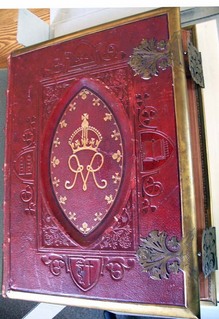



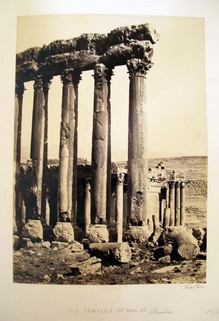


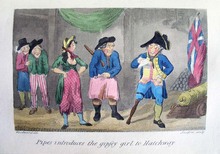
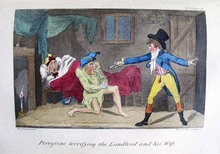
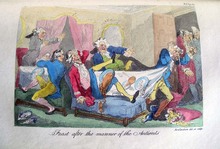



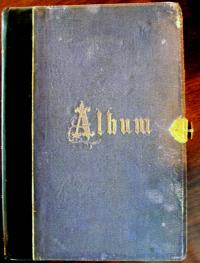


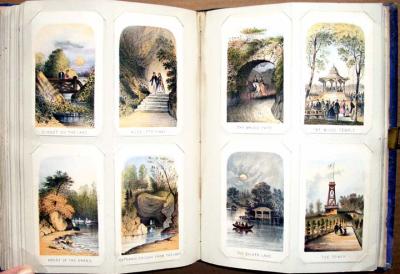
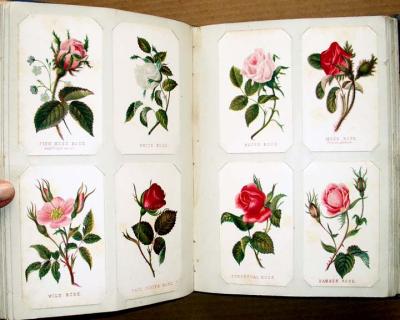

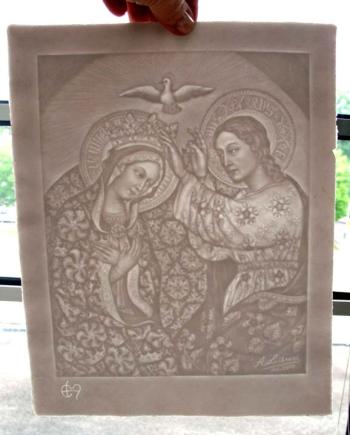

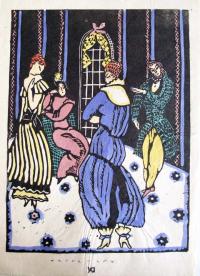




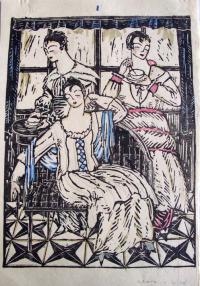



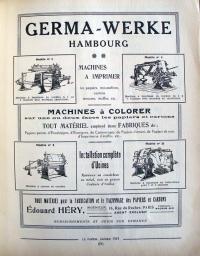











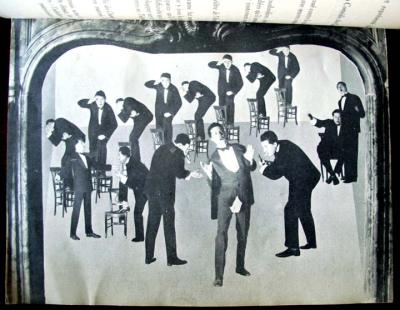

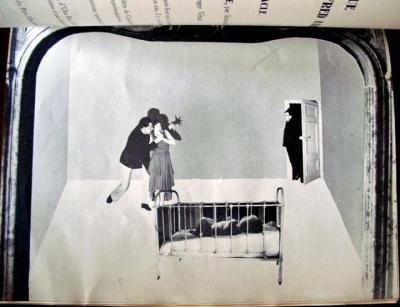
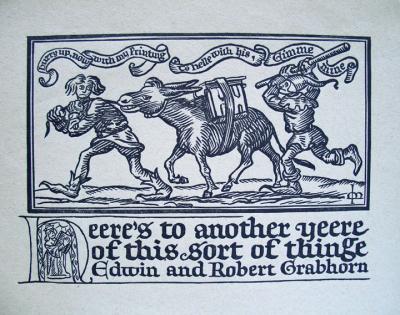

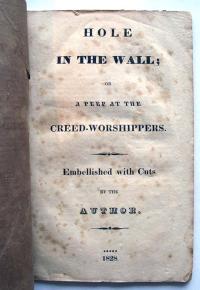


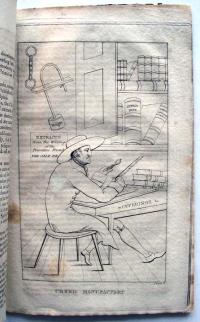


















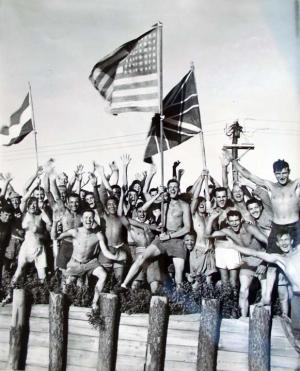


















Recent Comments